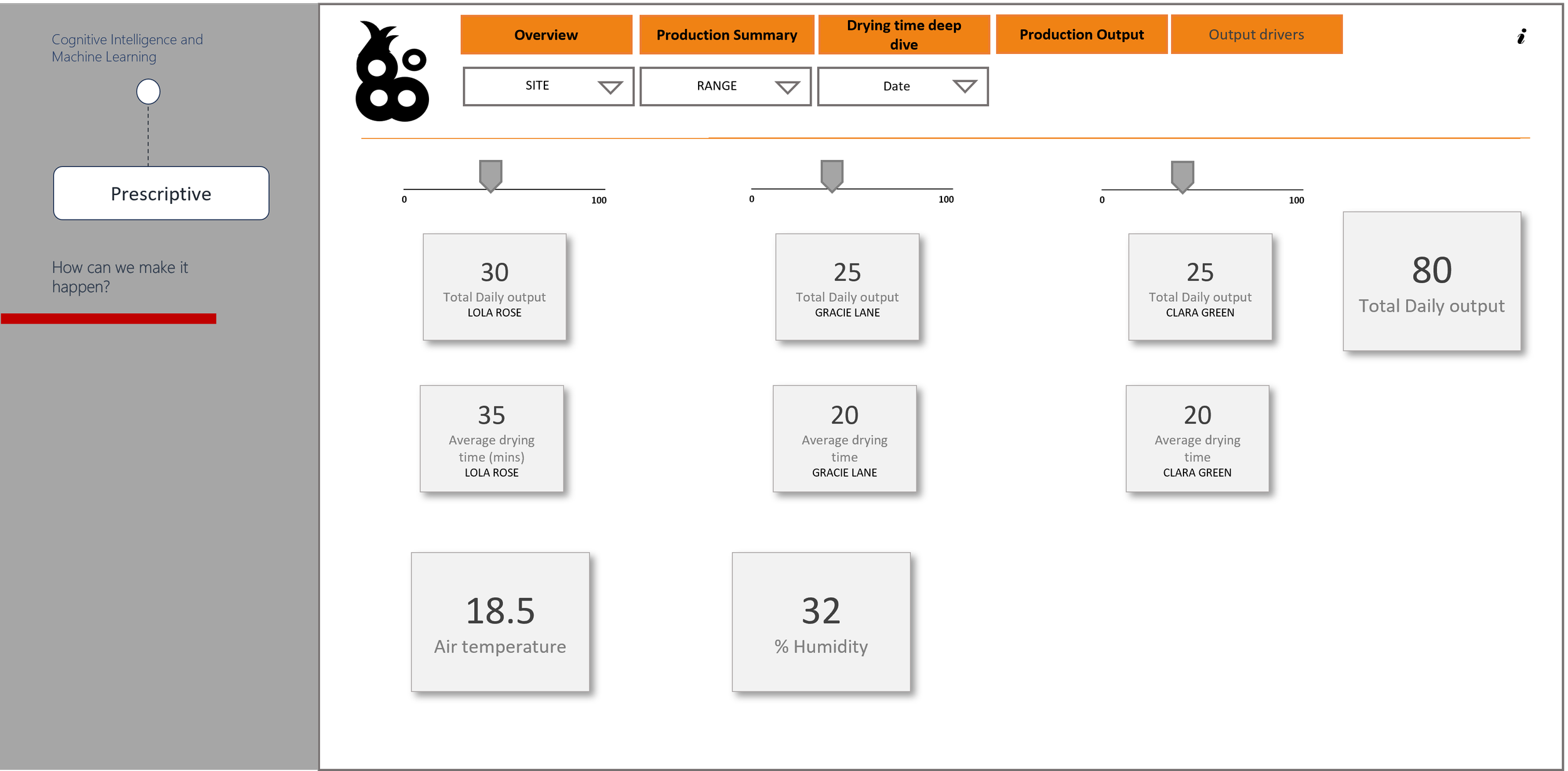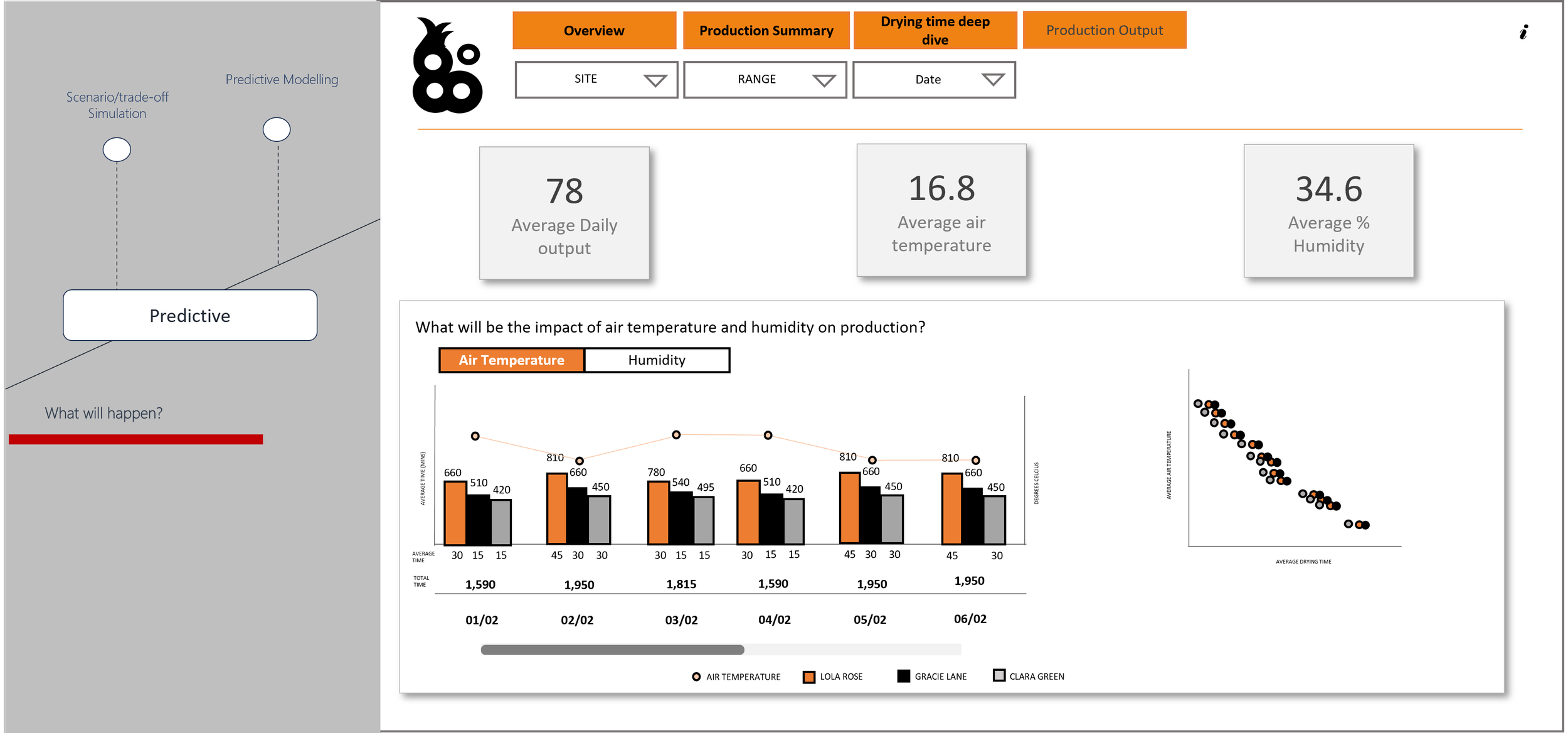Descriptive Analytics – The first step to becoming insight driven
/Welcome to part two of our five part series on the Analytics Maturity Model. If you missed the last part of this series, you can find it here.
Last week I introduced the Analytics Maturity Model which maps the stages of a company’s experience as they progress through a journey of understanding of their data. The model has four stages: Descriptive Analytics, what happened? Diagnostic Analytics, why has it happened? Predictive Analytics, what will happen? Prescriptive Analytics, how can we make it happen? This week we’re going to look at the first stage of this journey, Descriptive Analytics.
‘What happened?’ Simple question, right? No, not always. If there is no accurate data captured on an event, there is no way of knowing what happened. We may know anecdotally what happened based on experience, but small, but crucial details may go unacknowledged.
Let’s look at a possible scenario; you own a company, you notice that output is lower than usual. All the variables that are measured are seemingly the same, materials, resources, timings, but for some reason, output is lower than usual. Why is this the case? It turns out with a closer investigation of timings by gathering accurate data on it that drying times are taking longer than usual. This has now highlighted an issue with drying times, which can be investigated further.
So, what does that closer investigation look like? I said that timing is something that is measured. Timing is a metric, as it is something that needs to be measured to understand the production process, but what does timings mean to the organisation? This is where it is essential to understand from the business the exact definition of that metric. In this instance, one area of the business might have said that timing is not longer, as clear start and end points have not been defined, therefore no investigation pathway is opened and the low output may remain an issue for a long period of time. This could result in a loss of revenue and unsatisfied customers.
Now that the metric definition is established, the next stage is looking to capture the data in an accurate and consistent way. This ensures that the correct foundations are laid in order to layer on that richer context to help discover why drying times were longer than before. So, in the example of our manufacturing company, in order to begin the investigation into the longer drying times, they first need to align on a number of things, at what stage does the drying process start? When does it end? Is drying time to be captured per item for the same item? What is the recommended drying time? These questions help define the metric and how it will be captured and calculated. It is a critical step in Descriptive Analytics. The image below shows what this might look like in a dashboard. We can see output, man hours and drying time, this dashboard describes what has happened in production.
Descriptive Analytics provides a narrative of events. It highlights the areas that need immediate attention. Therefore, it needs to be handled with care. That narrative needs to be the single source of truth. It needs to reflect the correct business logic. Alignment on definitions in the business is critical. The data capture needs to be accurate and consistent. Use of the correct tooling to capture data can help mitigate risk and error and ultimately ensure an output of reliable data.
Metric definition and data capture is the first step, but data in its raw form is not very accessible. This is where tools like Power BI can help, by taking data from its source and transforming it into a readable format. So, when we go back to our example of the drying times, the Production Supervisor will be able to share a visual with the Head of Production that shows the correlation between drying times and lower output. The Head of Production will be able to look at this and advise on next steps.
Descriptive Analytics provides a view of what happened. This alone can be very powerful as it gives 360° insight and signposts the areas of further investigation. At Endeavour, we help organisations explore the possibilities of analytics by empowering them to enrich their data with their expert business knowledge and help them get to know their data.
This week we’ve look at the ‘what happened?’. Don’t forget to check in this time next week where I go to the next step of our journey and start to look at uncovering the ‘why’ behind our data through Diagnostic Analytics.







